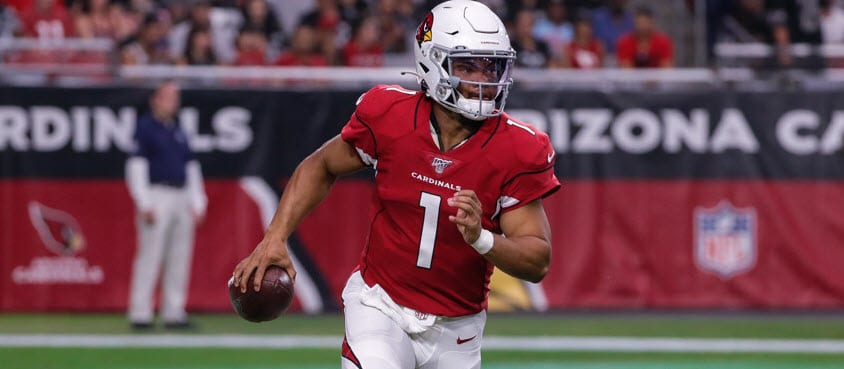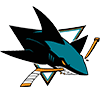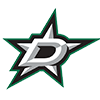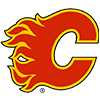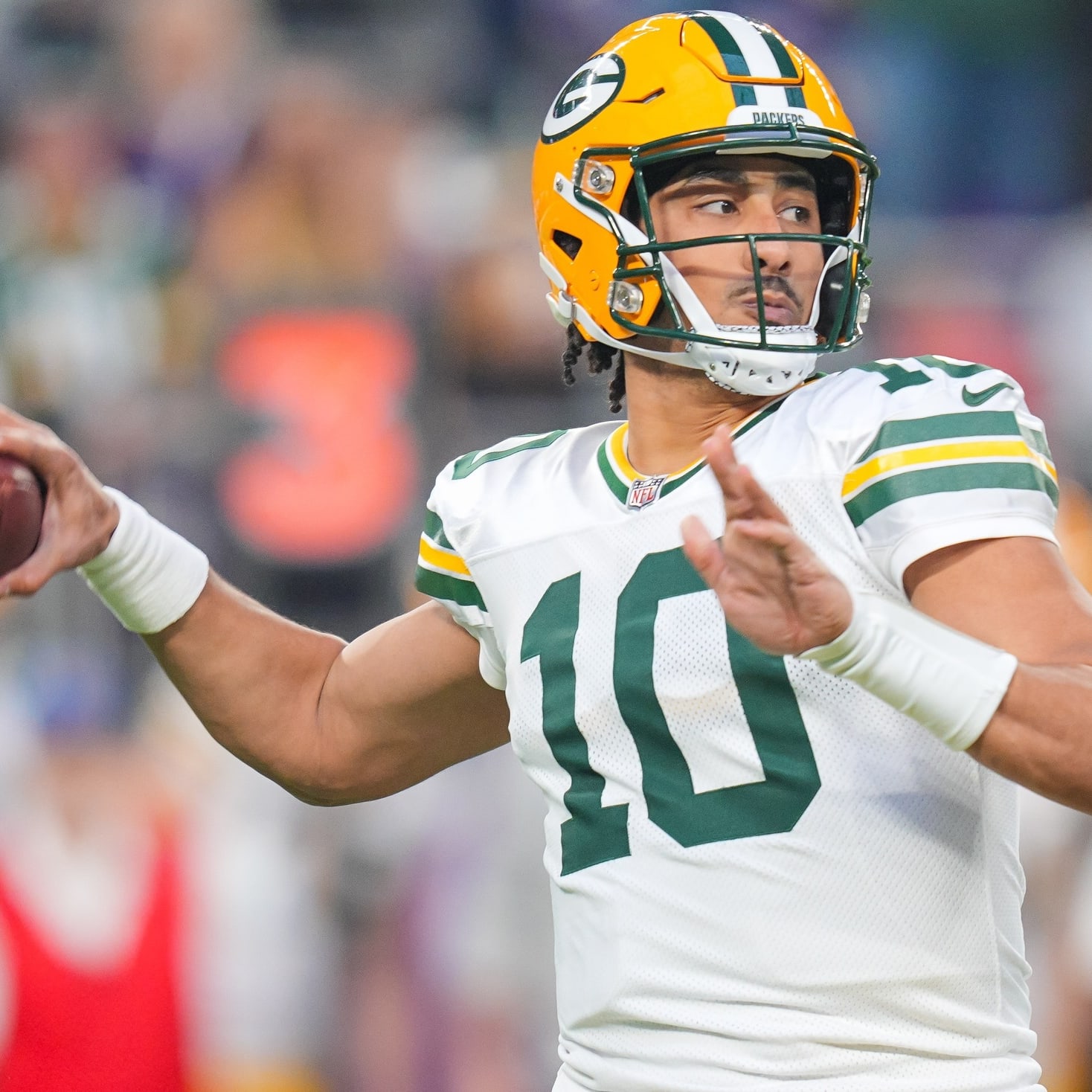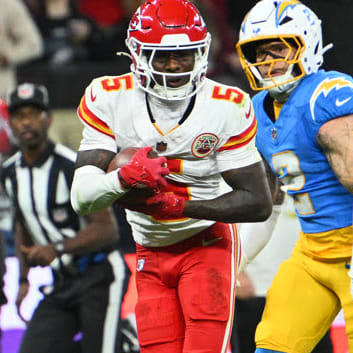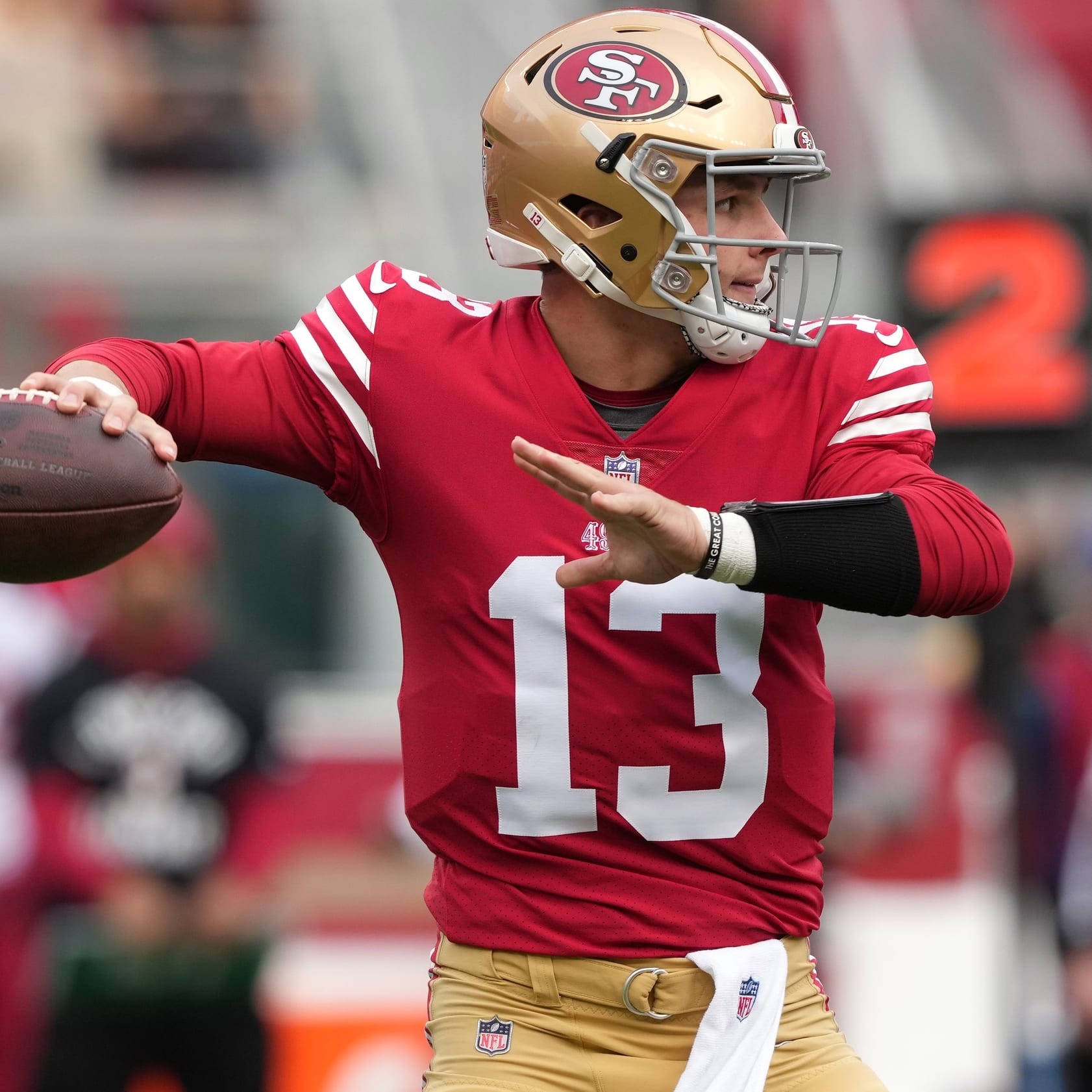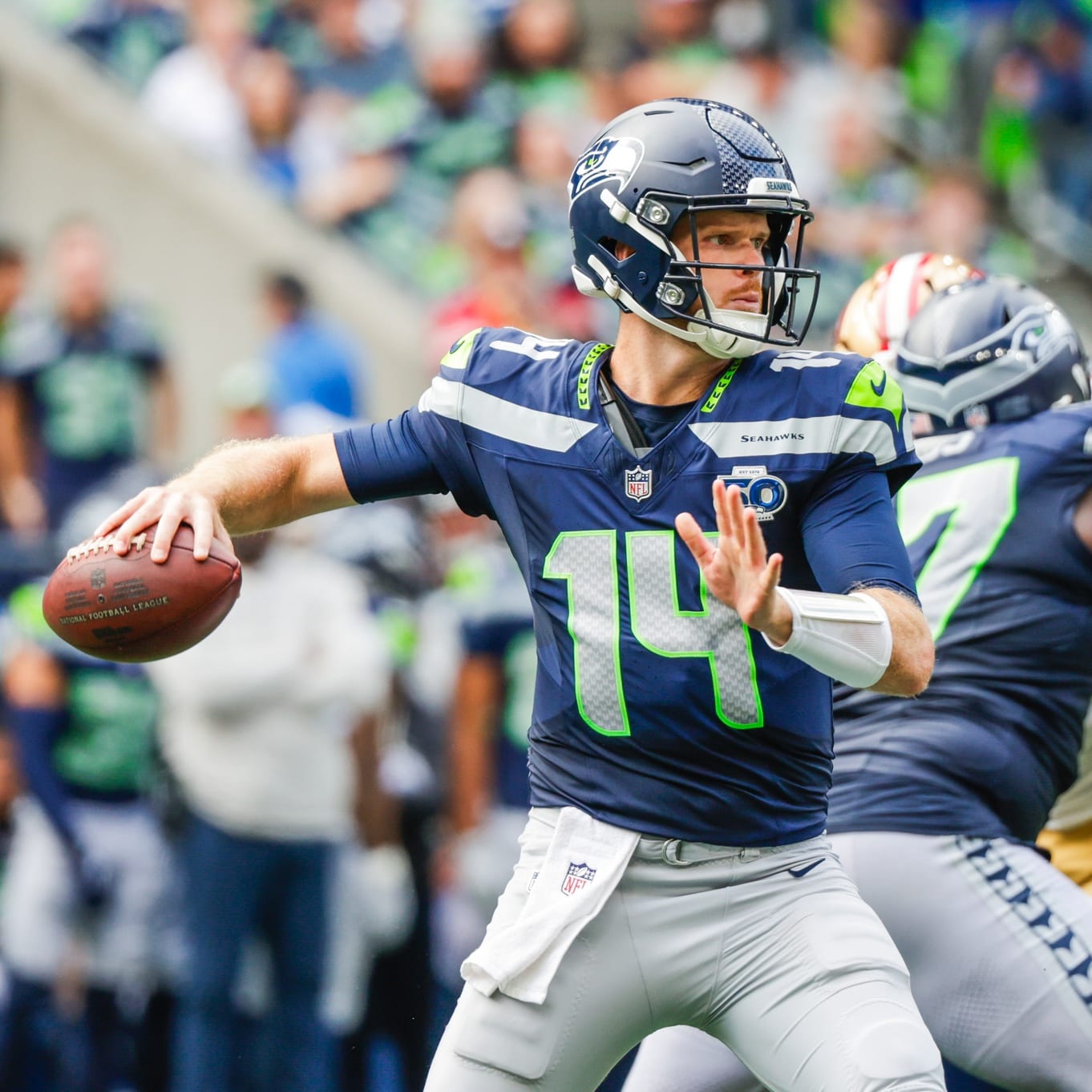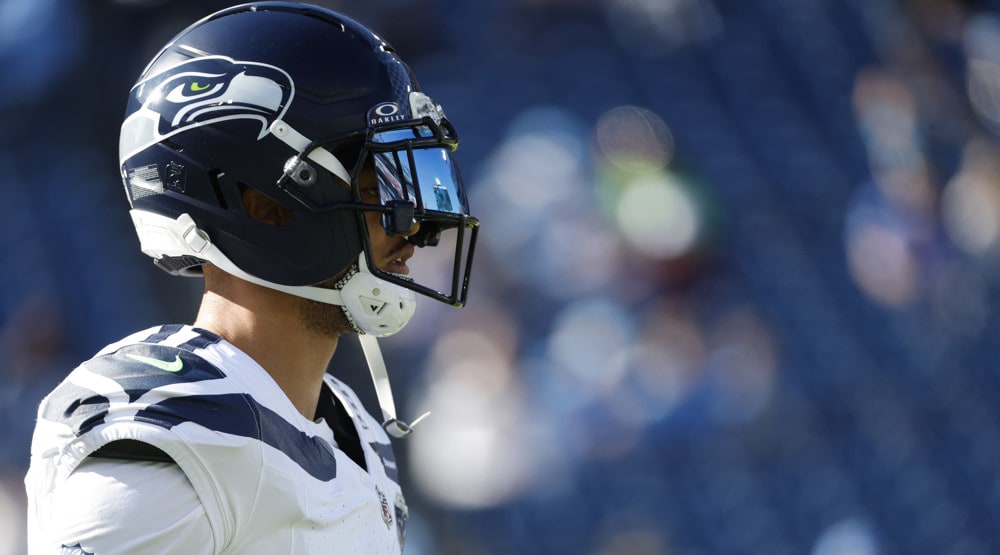Expanding upon our team preview collection from earlier this offseason, we're gearing up for an irregular August with a series of team-specific articles to get you up to speed for training camp. You can find the previous writeup on the Arizona Cardinals here.
State of the Franchise
In Year 1 under coach Kliff Kingsbury, the Cardinals made modest improvements on offense, elevating from last in both points and yards to middle of the pack (16th and 21st, respectively). On the other side of the ball, the unit finished bottom five in both categories.
To address the former, management took two steps: placing the transition tag on second-half star RB Kenyan Drake, which led to the swap of long-time back David Johnson for all-world WR DeAndre Hopkins. At least for the 2020 season, rising QB Kyler Murray has plenty of firepower to break out, with wide receivers Christian Kirk and Larry Fitzgerald also on board.
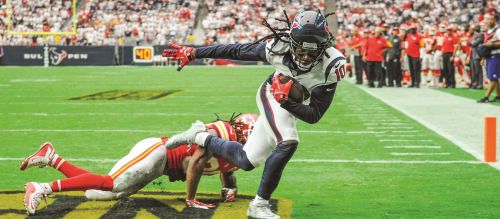
As for the defense, the front seven was the primary focus to take pressure off what was the 31st-ranked group versus the pass (281.9 yards per game) last year. First, Arizona signed ILB De'Vondre Campbell, OLB Devon Kennard and NT Jordan Phillips in free agency. Later, in the draft, GM Steve Keim used the eighth overall selection on Isaiah Simmons, who will be listed as a linebacker but is capable as a run defender, nickel corner and safety.
All in all, this team should be frisky but may fall short of the playoffs as a member of the loaded NFC West.
Job Battle
In the Arizona desert, there is one position of particular interest: the backup to No. 1 RB Kenyan Drake. Prior to joining the Cardinals last October, he never missed a game in a Dolphins uniform across three-plus seasons. Having said that – and casting aside a sparsely used rookie campaign – Drake averaged just 32.4 offensive snaps per game with Miami.
On his new squad, he bumped up to 51.4, which resulted in 151 touches in eight contests. Because his previous career high was 173 for a full season, it remains to be seen if he can maintain his workload from the second half of 2019.

If Drake is unable to, Chase Edmonds or rookie seventh-rounder Eno Benjamin could make an impact. Through two years as a pro, Edmonds has averaged 4.3 yards per carry, hauled in 32 of 44 passes and scored seven TDs on 152 touches. Meanwhile, Benjamin did it all during his last two seasons at Arizona State, posting 1,000-plus yards on the ground both times, averaging 3.1 catches per game and notching 30 touchdowns in 25 outings.
Both seem to have the diverse skill set needed to prosper under coach Kliff Kingsbury, if given an expanded role. But it may take an injury to Drake for that to happen.
Medical Tent
A fourth-round pick in the 2019 draft, Butler's rookie campaign ended before it could begin when he suffered an avulsion fracture in his hand in the middle of the preseason. Prior to being placed on injured reserve, he had a rough go in training camp, working with the deep reserves and even getting special instruction on his route footwork on the side at one point. Now healthy, Butler has a tough path to regular snaps in a loaded wide receiver corps, but the No. 4 spot is up for grabs.
RB D.J. Foster
Foster has endured back-to-back season-ending injuries, sitting out 2018 with a torn ACL and the final 10 games of last year due to a hamstring issue. At the time of the second injury, the Cardinals backfield was in flux, with David Johnson and Chase Edmonds saddled with health concerns of their own. The subsequent acquisition of Kenyan Drake settled that problem, but even with Johnson shipped to Houston this offseason, Foster still sits behind Drake, Edmonds and 2020 draft pick Eno Benjamin on the depth chart.
Kennard emerged from last season with a hamstring injury, and the Lions eventually released him in mid-March. Just one day later, the Cardinals reached agreement with the outside linebacker on a three-year deal, indicating confidence in his health. On the heels of consecutive seven-sack seasons, Kennard is the top candidate to operate opposite premier pass rusher Chandler Jones, a situation ripe for the 29-year-old to produce a career year. The primary competitor for that role is fourth-year pro Haason Reddick.


